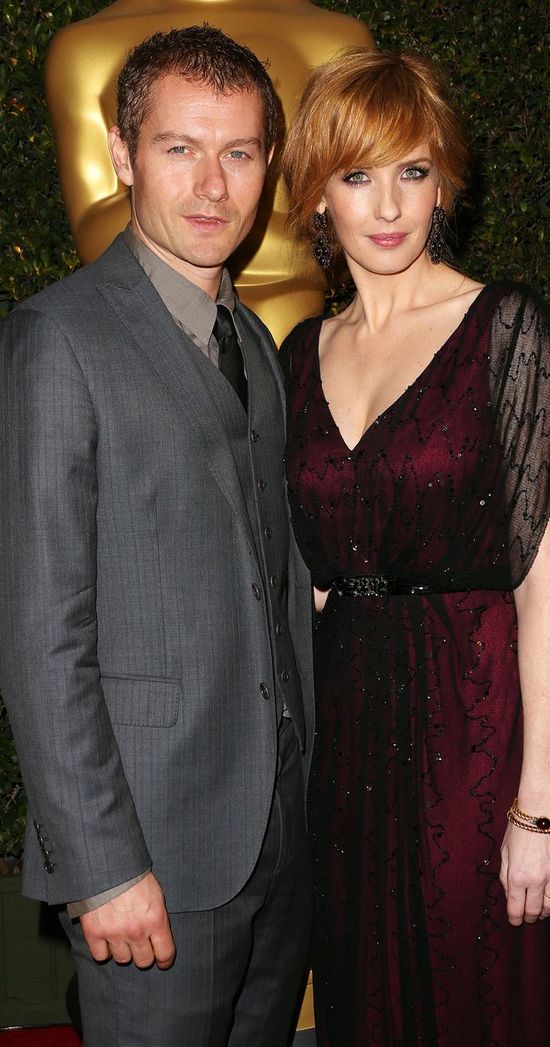
Taylor Sheridan has built a reputation for crafting compelling Western dramas, with Yellowstone leading the charge. But his latest series, Landman, has already turned heads—and some fans are saying it’s even better than Yellowstone’s first season. With a fresh take on modern-day oil boomtowns, Landman brings intense drama, complex characters, and an even more realistic portrayal of power and greed.
So, how does Landman outshine Yellowstone Season 1? Let’s break it down.

1. A More Grounded, Realistic Storyline
The Harsh Reality of Oil Towns
While Yellowstone gave us a modern Western centered around a wealthy ranching empire, Landman dives into the gritty, cutthroat world of Texas oil drilling. Unlike the Duttons’ sprawling ranch, where land disputes turn into gunfights, Landman presents a more grounded conflict—corporate greed, environmental struggles, and blue-collar workers trying to survive in a volatile industry.
More Relatable Conflicts
Where Yellowstone leaned into soap-opera-style betrayals, Landman focuses on real-world tensions—class struggles, financial desperation, and the cost of striking it rich. The show feels more authentic, making its drama hit even harder.
2. Stronger Character Development Right From Episode 1
More Complex Protagonists
Yellowstone Season 1 spent a lot of time establishing the Dutton family and their power struggles, but some characters felt one-dimensional at first. Landman, however, delivers layered characters from the very first episode.
No One Is Truly “Good” or “Evil”
Where Yellowstone sometimes painted its heroes and villains in broad strokes, Landman takes a more nuanced approach. The main characters aren’t just fighting for power—they’re fighting for survival, often making morally gray choices that keep viewers on edge.
3. A Faster-Paced, Tighter Storyline
No Slow Burn—It’s High-Stakes From the Start
One of the biggest criticisms of Yellowstone Season 1 was its slow pacing. It took a few episodes to really get going. Landman, on the other hand, dives right into the action, establishing high stakes early on.
No Unnecessary Subplots
Yellowstone had its fair share of side stories that didn’t always feel necessary (cough Jamie’s political career cough). Landman keeps the focus sharp, making every subplot feel essential to the main storyline.
4. More Relevant Social Commentary
A Modern Take on the American Dream
Yellowstone explored power and legacy, but Landman takes a different approach—examining wealth, corruption, and how the oil industry impacts regular people. The themes feel more immediate and relevant to today’s world.

Environmental and Economic Tensions
Landman isn’t just about oil tycoons making millions—it also delves into the environmental consequences and economic instability of boom-and-bust towns. This added layer of realism makes the show even more compelling.
5. More Cinematic and Gritty Visuals
A Darker, More Gritty Aesthetic
While Yellowstone features breathtaking shots of Montana’s open landscapes, Landman takes a different visual approach. The cinematography leans into the dusty, industrial feel of oil towns, giving the show a raw, almost documentary-like quality.
More Tension in Every Frame
The way Landman is shot makes even simple conversations feel tense. The close-up shots, dim lighting, and tight framing pull viewers into the characters’ emotions in a way Yellowstone didn’t fully master in its first season.

Conclusion
While Yellowstone remains a cultural phenomenon, Landman Season 1 has proven that Taylor Sheridan still has plenty of fresh ideas. By focusing on real-world conflicts, morally complex characters, and a more urgent storyline, Landman delivers a gripping experience that might just outshine Yellowstone‘s debut season.
If you haven’t started Landman yet, now’s the time. You might just find yourself hooked faster than you were with Yellowstone.
